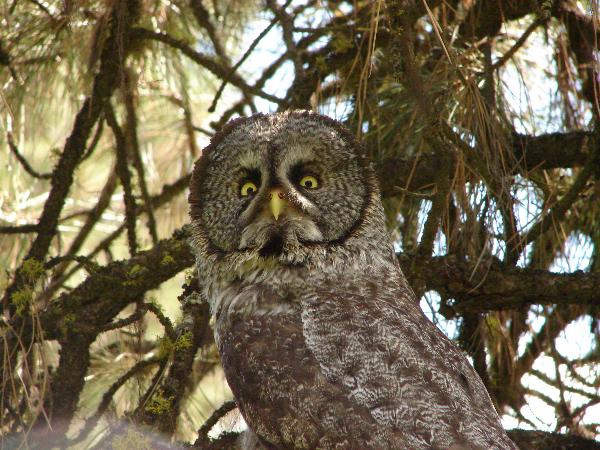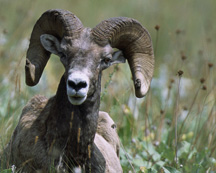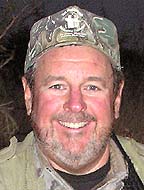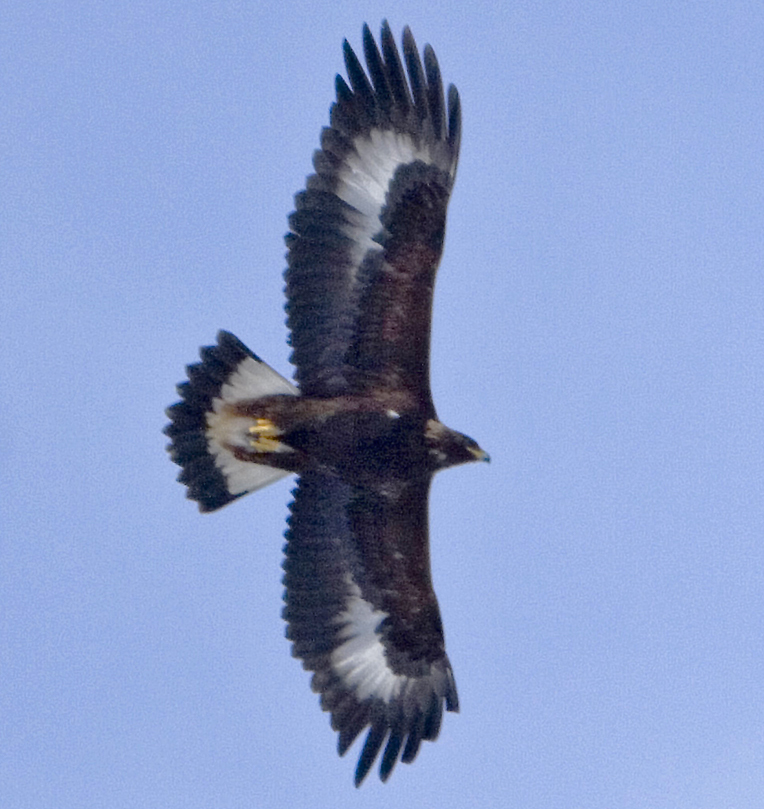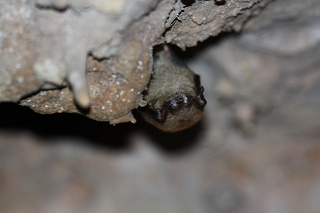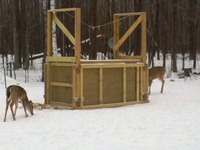 “Hunter harvest continues to be the greatest cause of death of both adult and yearling bucks, while predation was the leading cause of fawn mortality, with most predations occurring within the first four to six weeks following birth,” said Jared Duquette, research scientist with the Wisconsin Department of Natural Resources and lead researcher for a five-year study of causes of adult deer mortality and a three-year study of fawn mortality in an item in department’s weekly news bulletin.
“Hunter harvest continues to be the greatest cause of death of both adult and yearling bucks, while predation was the leading cause of fawn mortality, with most predations occurring within the first four to six weeks following birth,” said Jared Duquette, research scientist with the Wisconsin Department of Natural Resources and lead researcher for a five-year study of causes of adult deer mortality and a three-year study of fawn mortality in an item in department’s weekly news bulletin.
According to the weekly news summary:
Capture of adults will continue through the 2012-13 and 2013-14 winters. Fawns were live-captured in May and June in 2011 and 2012 and will be captured again in 2013. A number of captured adults and fawns are fitted with radio collars. All are fitted with ear tags. Additional metrics are collected including body weight and size, blood samples, sex, presence of external parasites and age. Does are also examined for pregnancy. Deer are followed by radio signal until death, at which time researchers study the mortality to determine cause.
More details on the two studies are available in the department’s news report. Wisconsin is also conducting some other interesting deer studies. You can see the list here. I’d be interested to know the results of “An evaluation of the usefulness of deer-vehicle collision data as indices to deer population abundance.”
Read the weekly news item detailing the two deer studies here.
Photo: Closed box trap with deer feeding around it, courtesy of the Wisconsin Department of Natural Resources.

